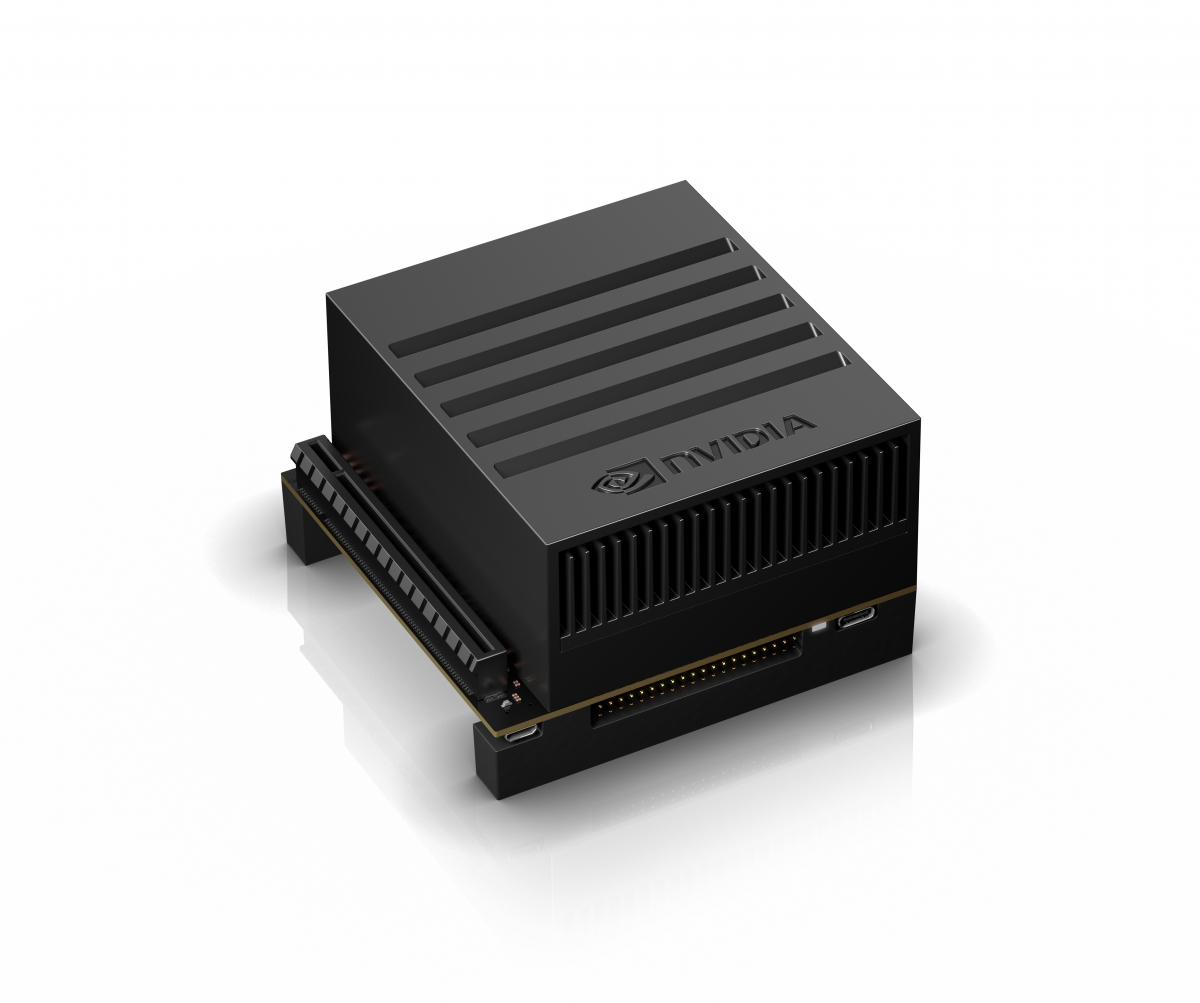NVIDIA Jetson™ Xavier™ – An AI chip targeting robotics
The Robotics Industry
The robotics industry is on an enormous scale, achieving an estimated revenue of $39 billion U.S. dollars in 2017. The robotics industry is also growing at an at a faster rate than expected. In 2014, BCG predicted that by 2025 the industry would achieve $67 billion of revenue globally. However, in 2017 BCG revised this to $87 billion. Another report estimates the robotics market to be worth $500 billion!
Whilst, the industrial robotics market accounted traditionally for most of this revenue, this sector has been disrupted by non-traditional robots such as autonomous vehicles, unmanned aerial vehicles (UAVs), customer service robots and personal assistance robots.
NVIDIA’s previous offerings in robotics
Artificial intelligence has played a key part in this growth, and Nvidia has profited from this with this. They have previously had a partnership with Tesla
Nvidia is banking on artificial intelligence continuing to play a key part in driving growth in robotics.
NVIDIA® Isaac™ platform
With the NVIDIA® Isaac™ platform announced at Computex 2018, Nvidia
Specs
Initially, I thought that with the NVIDIA Jetson Xavier developer kit, Nvidia was offering a GPU bundled with a robotics SDK, but it is a complete system-on-chip (SoC). The tech specs as listed on Nvidia’s website:
Jetson Xavier
GPU 512-core Volta GPU with Tensor Cores
CPU 8-core ARM v8.2 64-bit CPU, 8MB L2 + 4MB L3
Memory 16 GB 256-Bit LPDDR4x | 137 GB/s
Storage 32GB eMMC 5.1
DL Accelerator (2x) NVDLA Engines*
Vision Accelerator 7-way VLIW Vision Processor*
Encoder/Decoder (2x) 4Kp60 | HEVC/(2x) 4Kp60 | 12-Bit Support
Size 105 mm x 105 mm
Deployment Module (Jetson Xavier)
*Please refer to NVIDIA documentation for what is currently supported.
Developer Kit I/Os
Developer Kit I/Os Jetson Xavier Module Interface
PCIe X16 x8 PCIe Gen4/x8 SLVS-EC
RJ45 Gigabit Ethernet
USB-C 2x USB 3.1, DP (Optional), PD (Optional) Close-System Debug and Flashing Support on 1 Port
Camera Connector (16x) CSI-2 Lanes
M.2 Key M NVMe
M.2 Key E PCIe x1 + USB 2.0 + UART (for Wi-Fi/LTE) / I2S / PCM
40-Pin Header UART + SPI + CAN + I2C + I2S + DMIC + GPIOs
HD Audio Header High-Definition Audio
eSATAp + USB3.0 Type A SATA Through PCIe x1 Bridge (PD + Data for 2.5-inch SATA) + USB 3.0
HDMI Type A/eDP/DP HDMI 2.0, eDP 1.2a, DP 1.4
usD/UFS Card Socket SD/UFS
Efficiency is the key takeway
Looking at these specs, what initially stood out for me was the fact that Nvidia went with an ARM chip rather than Intel. ARM chips have historically dominated for power efficiency and there are reports that they aim to become more competitive in the laptop market.
This suggests to me that NVIDIA is targeting low-powered devices with this partnership with ARM – think drones and low powered small robots rather than driverless cars.
The processor, reportedly delivers 30 TOPS (trillion operations per second) of performance, at a power consumption of only 30 watts, less than most light bulbs! To put it in perspective a PS4 delivers at 137 watts at 1.8 TOPS! That’s less than a quarter of the power with over 16x more operations per second!

